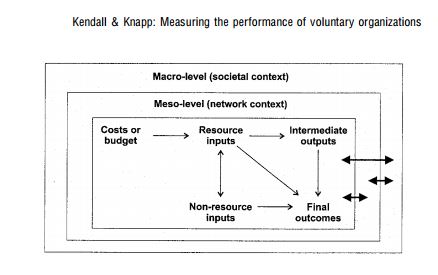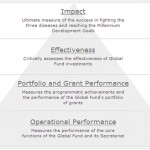Non-profit, but still measurable. KPIs for NGOs
Non-governmental organizations (NGOs) are entities where there is no governmental participation. Their performance broadly means how well they contribute to other people’s efforts to improve the society. Due to the continuous development of the NGO’s, it appeared the need to appraise the performance, in order to assure evolution.
The first step – strategic planning
According to the platform ngoperformance.org, an NGO’s strategy clearly states what the organization will do in order to make the biggest impact and have a major contribution on improving the targeted domain in a specified period of time. Therefore, we conclude that relevance to the major field of activity is essential. This approach leads to NGOs specializing in the areas where they can make the biggest difference.
All the NGOs activities are therefore established according to their purpose and priorities. The strategic objectives, goals and activities should be discussed and set during work-planning meetings, as part of a broader performance management system.
The benefits of Performance Management System for NGOs
According to the authors of “A study into performance management of International NGOs”, RedR-IHE and People In Aid, a Performance Management System (PMS) built for an NGO must be “easy, clear, stimulating, thought provoking, result-focused and objective”. It also must provide insights into optimum staffing and equitable distribution of work and responsibility, as well as build loyalty to the organization.
It is well known that, within the non-governmental field, the organization’s members, who are the most important factor in delivering high quality work can sometimes be difficult to motivate and cope with. Therefore, one of the most important elements that a good performance management system contributes to is volunteers’ management. First of all, it serves the recruitment. Afterwards, it guides the entire HR process, throughout performance appraisal, reward policies, staff development and training. All in all, the performance management system should combine elements of motivation, assessment and reward.
A good system should also guide the organization in building and monitoring relationships with local specialists, authorities and other collaborators and, of course, create and periodically appraise an organizational culture based on continual improvement.
Measuring NGOs performance with KPIs
The KPI Institute released a top of the most frequently used KPIs used to measure the NGOs performance. As stated in the Top 25 NGO KPIs of 2011-2012, “KPIs measure the efficiency in raising the resources needed and the impact of their redistribution”.
They are divided into several categories. Here are some examples of KPIs from each category:
1) Fundraising:
- % Donor financial efficiency
- # Event participants
2) Community Engagement
- # Non-profit community projects
- % Community volunteers’ participation
3) Partners and Sponsors
- # Partners for recurring campaigns and events
- % Alumni that offer their support
4) Volunteers Management
- # Volunteers
- # New volunteers recruited in the last three months
5) Donation Delivery
- % Items donated delivered
6) NGO Financials
- # Sources of revenue
7) Policy Transparency
- # Internal reports to members
References:
- The KPI Institute, 2012, “Top 25 NGO KPIs of 2011-2012”
- “Managing Performance in NGOs: A 10 Point Agenda”
- RedR-IHE and People In Aid, “A study into performance management of International NGOs”, May 2005
- Jeremy Kendall and Martin Knapp – Measuring the performance of voluntary organizations

Tags: KPI, KPI in Practice, NGO, Non-Governmental, Non-Profit performance, Performance Management, Performance Management System







